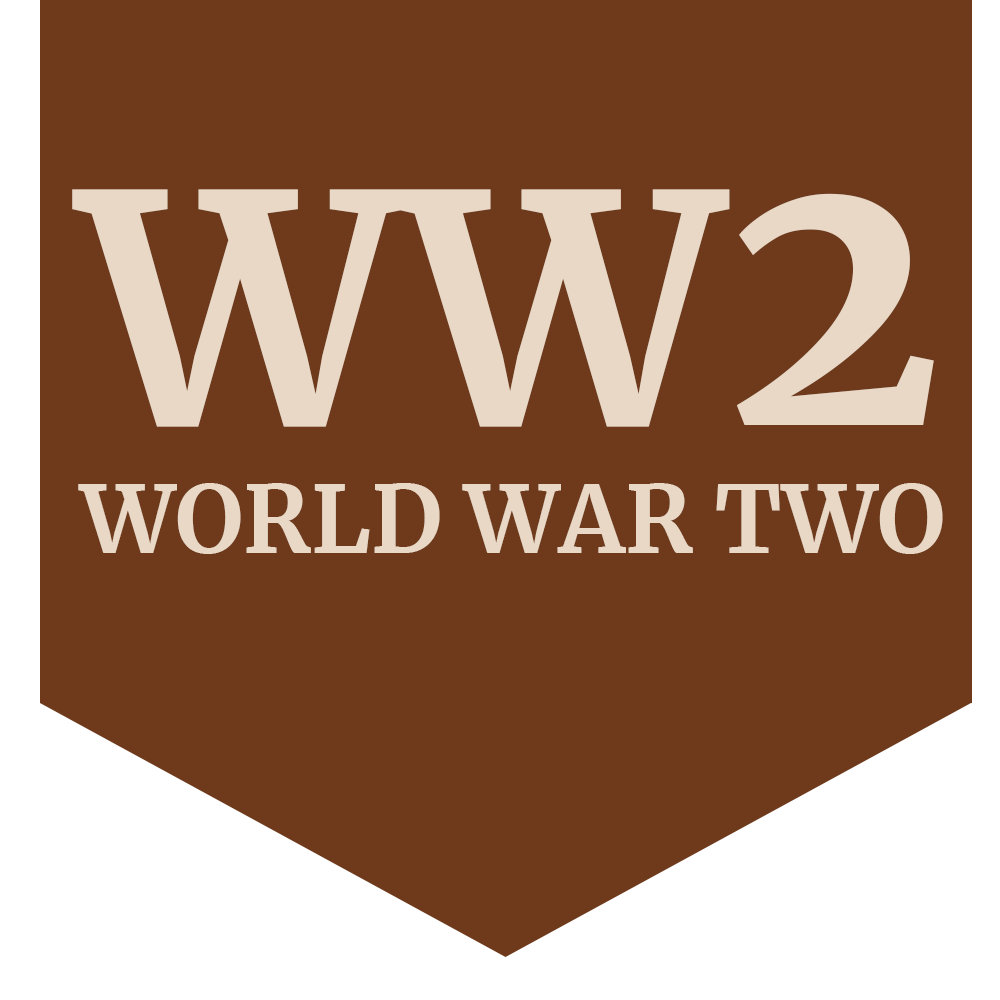
Walter Edward Clarke
- Family History
- Military history
- Extra information
- Photographs
Son of Frederick and Florence Clarke, of Hucknall, Nottinghamshire
PORTSMOUTH NAVAL MEMORIAL Panel 37, Column 3
HMS Acasta
HMS Acasta was one of eight A-class destroyers built for the Royal Navy in the 1920s. The ship spent most of the 1930s assigned to the Mediterranean Fleet. During the early months of the Spanish Civil War of 1936–1939, Acasta spent considerable time in Spanish waters enforcing the arms blockade imposed by Britain and France on both sides of the conflict. At the beginning of the Second World War, the ship was assigned convoy escort duties in the English Channel and the Western Approaches that lasted until April 1940 when the Germans invaded Norway. That month Acasta was transferred to the Home Fleet and supported Allied operations in Norway.
Ardent and Acasta escorted Glorious back to Scapa Flow on 8 June. En route, the three ships were spotted by Scharnhorst and Gneisenau at 15:46, which changed course to investigate. They were not spotted by the British until shortly after 16:00 and Ardent was ordered to identify the German ships while the other ships remained on course. She turned back to rejoin them before the Germans opened fire at 16:27 and was engaged by the 15-centimetre (5.9 in) secondary armament, mostly by Scharnhorst, while both ships fired at Glorious with their main batteries. Acasta remained with the carrier and began making smoke after the Germans opened fire, even opening fire herself although her guns lacked the range to reach the battleships.
The destroyer was struck not long after she began laying smoke, but it had little effect. After the carrier was hit multiple times and began to list, Acasta left her and closed with the battleships to shorten the range for a torpedo attack. Now more visible to the battleships, she began to be hit more regularly. The first attack was unsuccessful, but one of the four torpedoes from the second attack blew a 39-foot (12 m) hole in Scharnhorst's hull at 17:34, flooding and disabling her starboard engine room.
Acasta was then reduced to a blazing wreck and her captain ordered her crew to abandon ship. One of the gun crews delayed long enough to fire a shot that struck one of the Scharnhorst's main guns, but inflicted nothing more than shrapnel damage. The destroyer sank stern first around 18:20. Most of her crew died from exposure before the Norwegian merchant ship SS Borgund rescued two survivors from Acasta three days later, along with 36 men from Glorious. One of the men from Acasta later died of his wounds. All of the men saved by Borgund were set ashore at Tórshavn in the Faroe Islands on 13 June. Eight officers and 153 ratings were lost with Acasta or died of their wounds afterwards. Among the dead were Stoker 1st Class Henry Brown from Stapleford and Leading Seaman Walter Clarke from Hucknall. (Wikipedia)
Unknown
No photos

